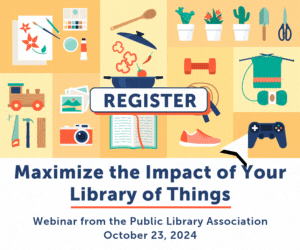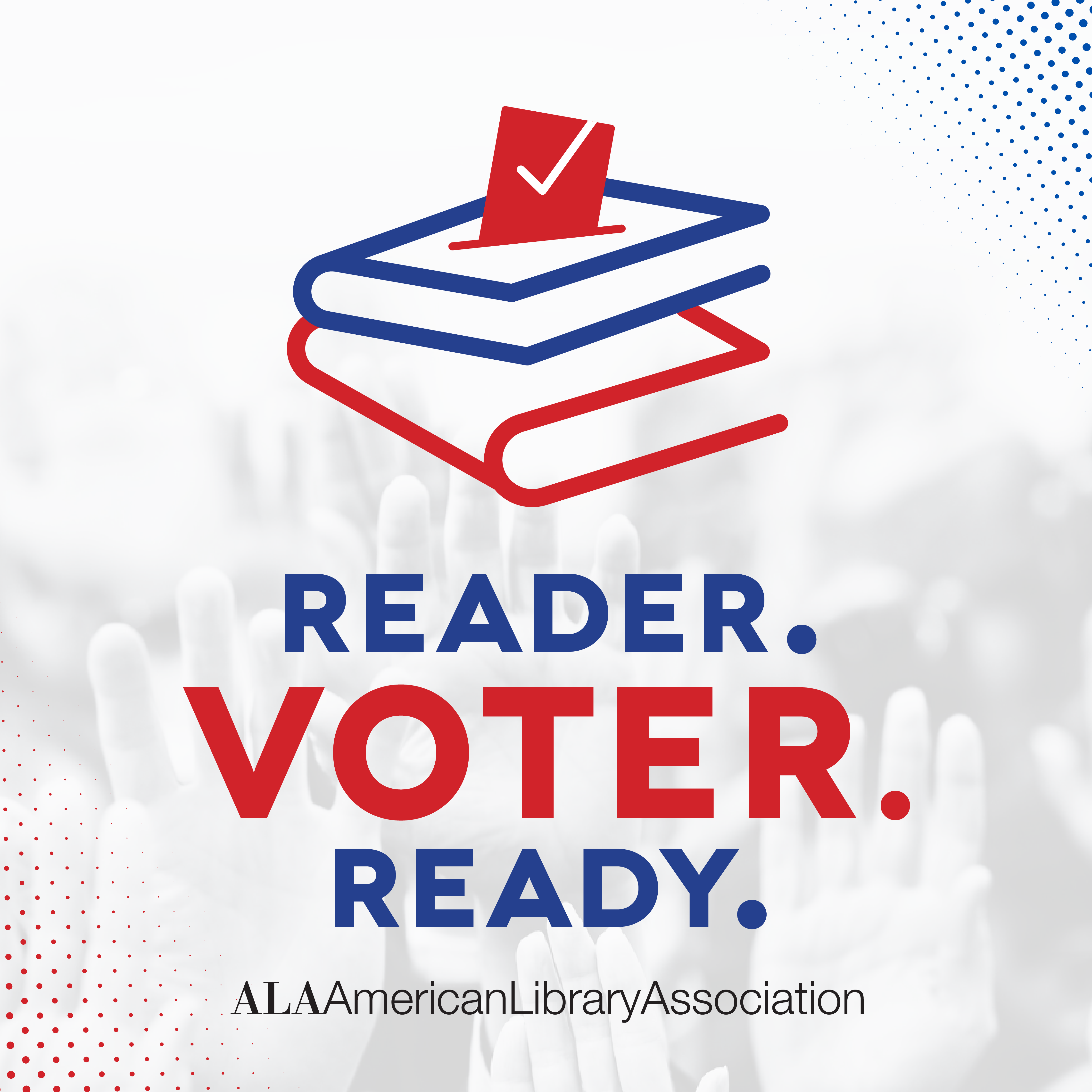Collections May Be Low Risk but Public Spaces are Not

“Research Shows Virus Undetectable on Five Highly Circulated Library Materials After Three Days – Findings are Part of REALM Project to Produce Science-Based Information to Help Mitigate Exposure to Virus,” reads the press release headline put out on June 22, 2020 by the Institute of Museum and Library Services (IMLS). According to the press release, the five materials are hardcover book surfaces, softcover book surfaces, the pages of circulated materials, mylar protective book jackets, and DVD cases. This research implies that it is highly unlikely to transmit COVID-19 through borrowed materials and provided data that made many public libraries feel comfortable re-opening over the summer with curbside contactless material pickup, limited library hours and services, or embracing a fulltime library schedule. Although I am pleased that the members of my community have access to most library services again, I also recognize that this report does not consider the way in which COVID-19 is most likely to spread.
The public library I work for is in a state that does not have required face masking and so while the library administration places signage requesting facemasks be worn and social distancing be recognized, it is not a requirement to come to the library. The library has been very conscientious about placing yellow feet stickers to show how far apart to stand when waiting in line, removing all tables and chairs, except for computer stations, and removing computers in order to ensure that each computer station is at least six feet apart from each other. The library system hired additional security guards as well as additional cleaning staff to wipe down frequently touched surfaces. But, despite these precautions, the lack of facemasks or inappropriately worn facemasks coupled with the inhuman expectation that anyone would be able to clean the surfaces fast enough creates an environment where COVID-19 could easily spread.
Many patrons come to the library without bringing the appropriate gear including reading glasses, pens, pencils, or facemasks. Since facemasks are not required or may seem unnecessary, as the stations are at least six feet away, patron will press their faces close to the screen and/or keyboard in order to see what they are doing on the computer, which can lead to keyboard or computer screen to be contaminated with COVID-19. It is entirely possible that another patron will be able to sign onto that contaminated device and wind up contaminating their hands, which is likely to contaminate other objects they touch such as wallets, phones, or keys and increase the odds of spreading COVID-19, even if the second individual is wearing a facemask when they are using the library’s services.
Many patrons do not want to come in to pick up a hold and then quickly exit. They want to avoid the heat, do thorough research, or use the computers. By nature of being a public space, the public library is not at low risk of transferring COVID-19 because it is not the materials that pose the risk but the act of sharing said public space. Public libraries are caught in a Catch-22 where their services are low risk for individuals who are able to access the internet from home, but increase the risk for marginalized patrons, who rely on shared public space. A patron who knows how to print or use the copier has low risk from the library, but a patron who is digitally illiterate will need more assistance, either from staff or from other patrons, which increases their exposure to COVID-19. Public libraries need to realize that their collection is low risk, not their public spaces.
Tags: covid-19 and libraries, libraries in states without required face-masking, library materials and covid-19









